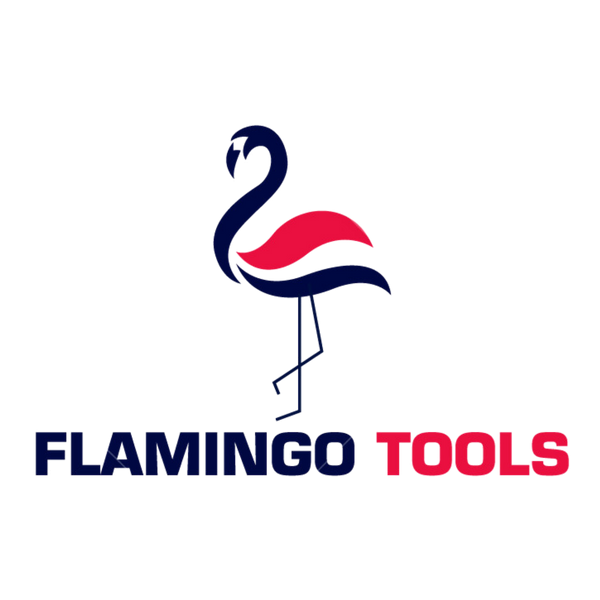The grinding wheel is an indispensable part of many industrial processes and provides precision and efficiency in material removal. However, ensuring the safety and effectiveness of the grinding wheels is essential.

Grinding operations depend on understanding and respecting the maximum operating speed of the grinding wheel. This guide integrates insights from authoritative sources and provides a detailed overview of the principles, calculations, and best practices for the safe use of abrasive wheels.
1. Understand the maximum operating speed
Each grinding wheel is designed to operate safely at a specific maximum speed, also known as the maximum operating speed (mos). Exceeding this speed can cause dangerous situations such as wheel disintegration, which can result in potential damage or equipment damage. The mos is determined by the wheel's material, structure, and manufacturing process, usually marked on the wheel's label.
Why is speed important?
- Safety : Operating wheels above their maximum speed can cause catastrophic failure, including breakage or fragmentation.
- Performance : MOS adhesion ensures best grinding performance and tool life.
- Compliance : Enforcing speed limits helps maintain compliance with safety regulations and standards.
2. Calculate the safe operating speed
To avoid accidents and ensure efficient operation, it is very important to match the speed of the grinding machine's main shaft with the speed of the grinding wheel. The safe operating speed (rpm) can be calculated using the following formula:
Safe speed (rpm) = maximum operating speed (ft/s) × 60 wheel diameter (inch) ¿ text (Safe speed (rpm)) = ¿ frac (¿ text) (maximum operating speed)

Calculation example
To be clear, let's consider several examples:
Table 1: Calculation of safe operating speed
| Wheel diameter (
inches) |
Maximum operating speed (
ft/s) |
Safety speed (rpm) |
| 6 | 10,000 | 3,183 |
| 8 | 10,000 | 2,387 |
| 10 | 10,000 | 1,910 |
In this table, the Safe Speed decreases as wheel diameter increases, reflecting the relationship between wheel size and speed.
3. Wheel condition and maintenance
Periodic inspection and maintenance are essential to ensure the safety and efficiency of grinding wheels. The condition of the wheels directly affects their performance and safety.
Inspection List
- Visual Inspection: Check for visible cracks, splits or other damage.
- Sound Test: Gently tap the wheel; the clear sound indicates that the wheels are sound, while the dull bang indicates there may be internal damage.
- Balance and Alignment: Make sure the grinding wheel is properly balanced and aligned with the main shaft of the grinder.
Maintenance tips
- Proper storage: Store wheels in a dry, vibration-free environment to prevent damage.
- Avoid overloading: Do not exceed the recommended feed rate or cutting depth, which may put stress on the wheels.
- Wheel Repair: Periodic repair of wheels to maintain their performance and remove any buildup that may cause uneven wear.
4. Compliance with safety regulations
Compliance with safety standards is critical to protecting workers and ensuring effective grinding operations. Regulators such as ANSI (American National Standards Association) and OSHA (Occupational Safety and Health Administration) provide comprehensive guidelines for the use of grinding wheels.Key criteria
- ANSI b7.1: Safety requirements for the use, maintenance, and inspection of grinding wheels are specified.
- OSHA Regulations: Provides safety guidelines for grinding wheels, including speed restrictions and protective equipment.
5. Practical Safety Tips
In addition to understanding and calculating safe speed, implementing best practices can also further improve the safety and efficiency of grinding operations.Best practices
- Inspection label: Be sure to check the MOS on the wheel label before use.
- Matching equipment: Make sure the grinder speed setting is compatible with the grinding wheel mos.
- Training : Comprehensive training for operators on the correct use and maintenance of grinding wheels.
- Use of protective devices and personal protective equipment: Always use appropriate protective devices and PPE to avoid possible fragments and accidents.
6. Research into common problems
Even with best practices, problems can still arise. The following is a brief troubleshooting guide for common questions:
Table 2: Exclusion of frequently asked questions
| Issues | Possible causes | Solve |
| Wheel vibration | Unbalanced, poorly installed wheels | Rebalance the wheels and check the installation |
| Excessive heat production | Incorrect speed, lack of coolant | Adjust the speed to ensure proper use of the coolant |
| Shaking or poor surface treatment | The wheels are dull and the feed rate is not correct. | Adjust the wheel, adjust the feed speed |
Conclusions

Grinding wheels are key tools that must be handled and maintained with care. Respecting the maximum operating speed and complying with safety regulations are the basis for preventing accidents and achieving effective grinding results. By knowing these principles, performing regular maintenance, and following best practices, you can ensure safe and efficient grinding operations.
For more information and detailed safety guidelines, please refer to industry standards and manufacturer recommendations for your wheels and equipment.

